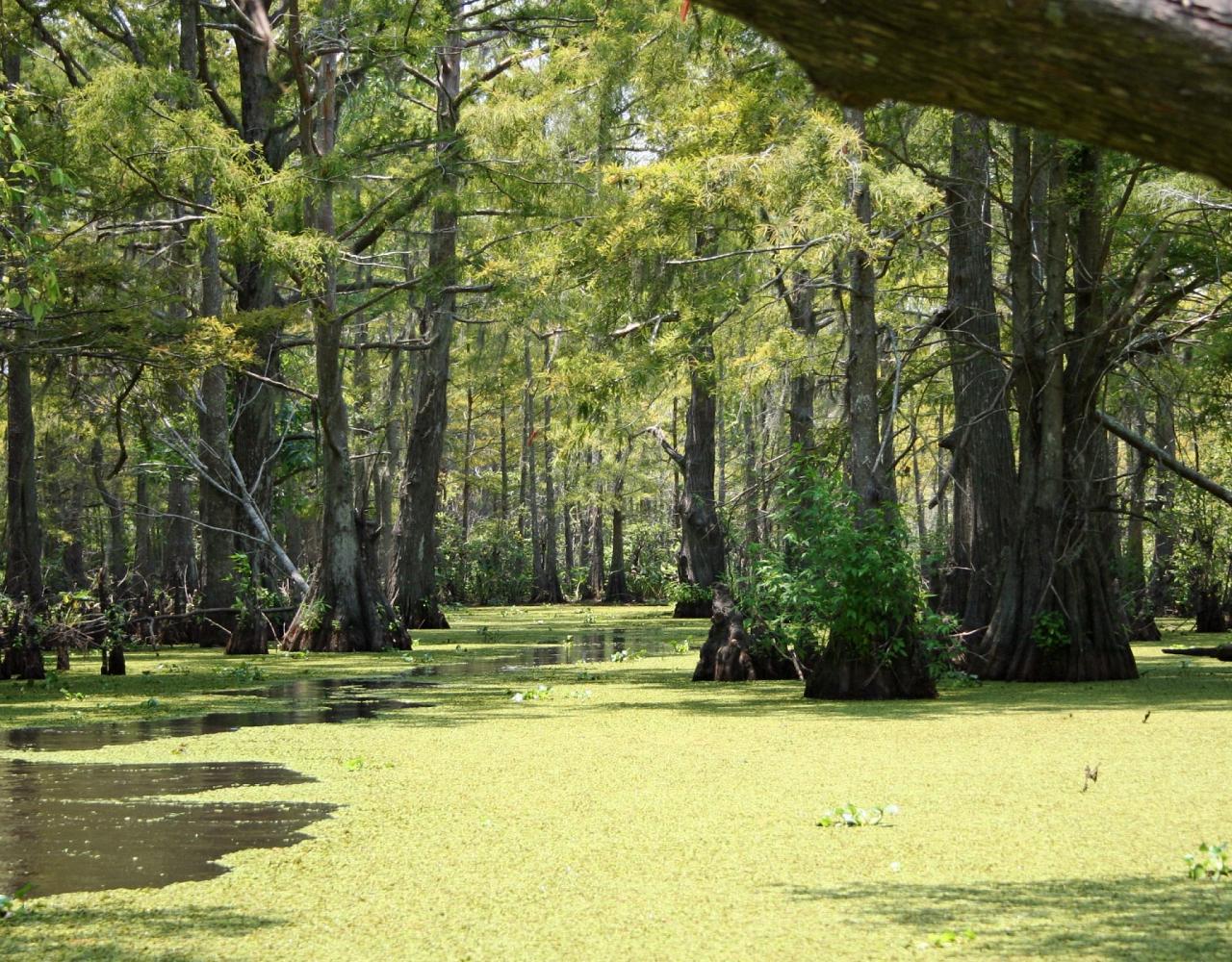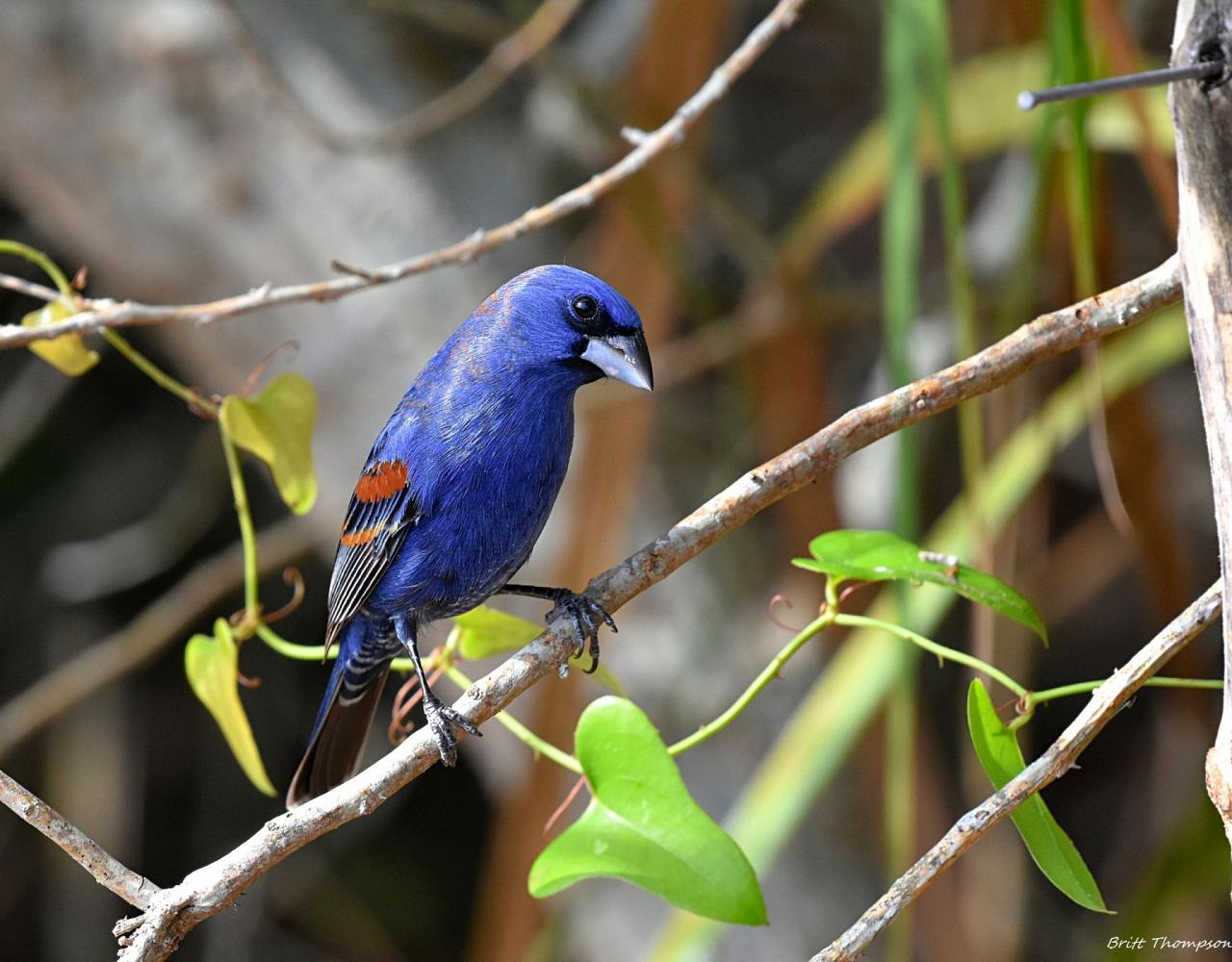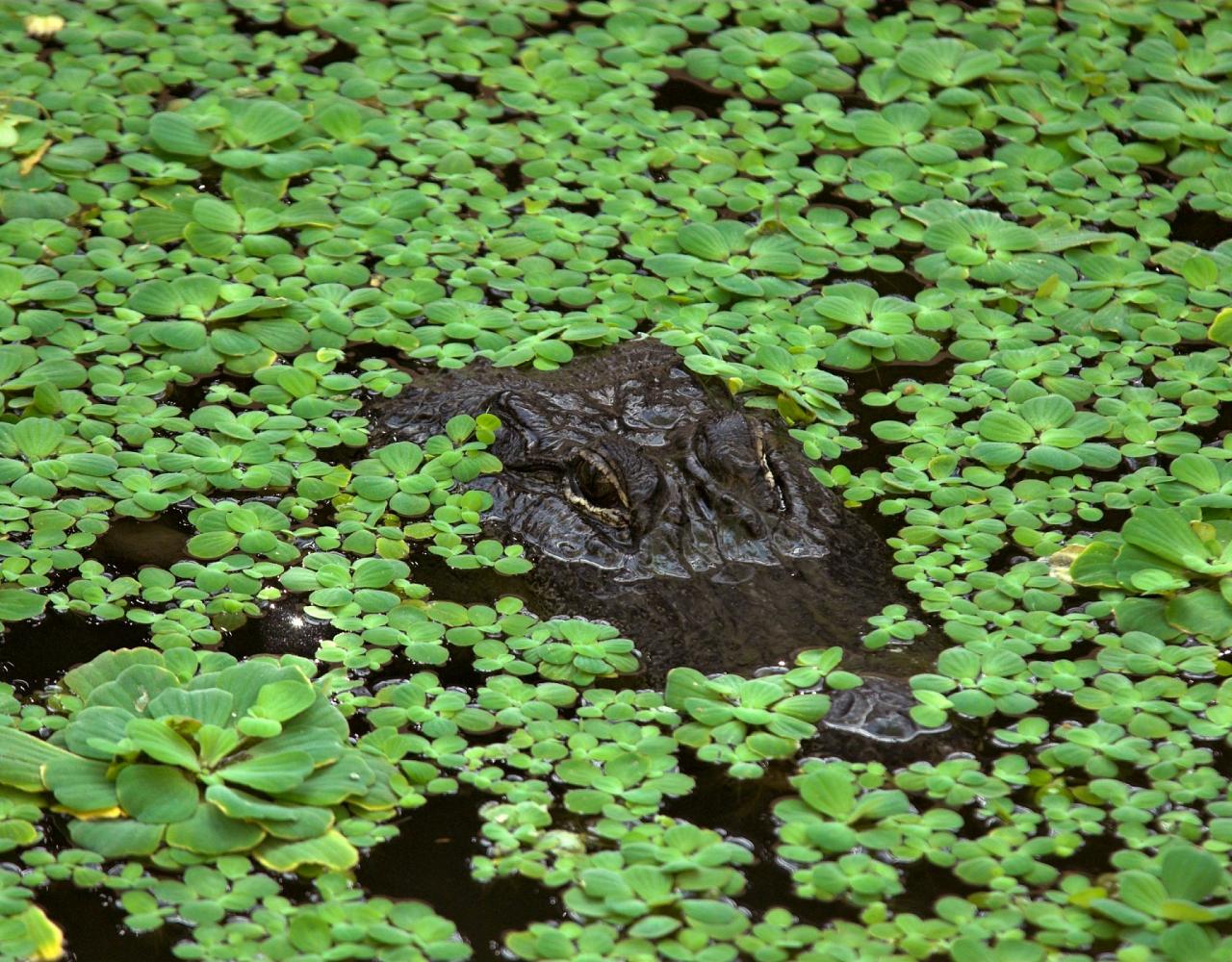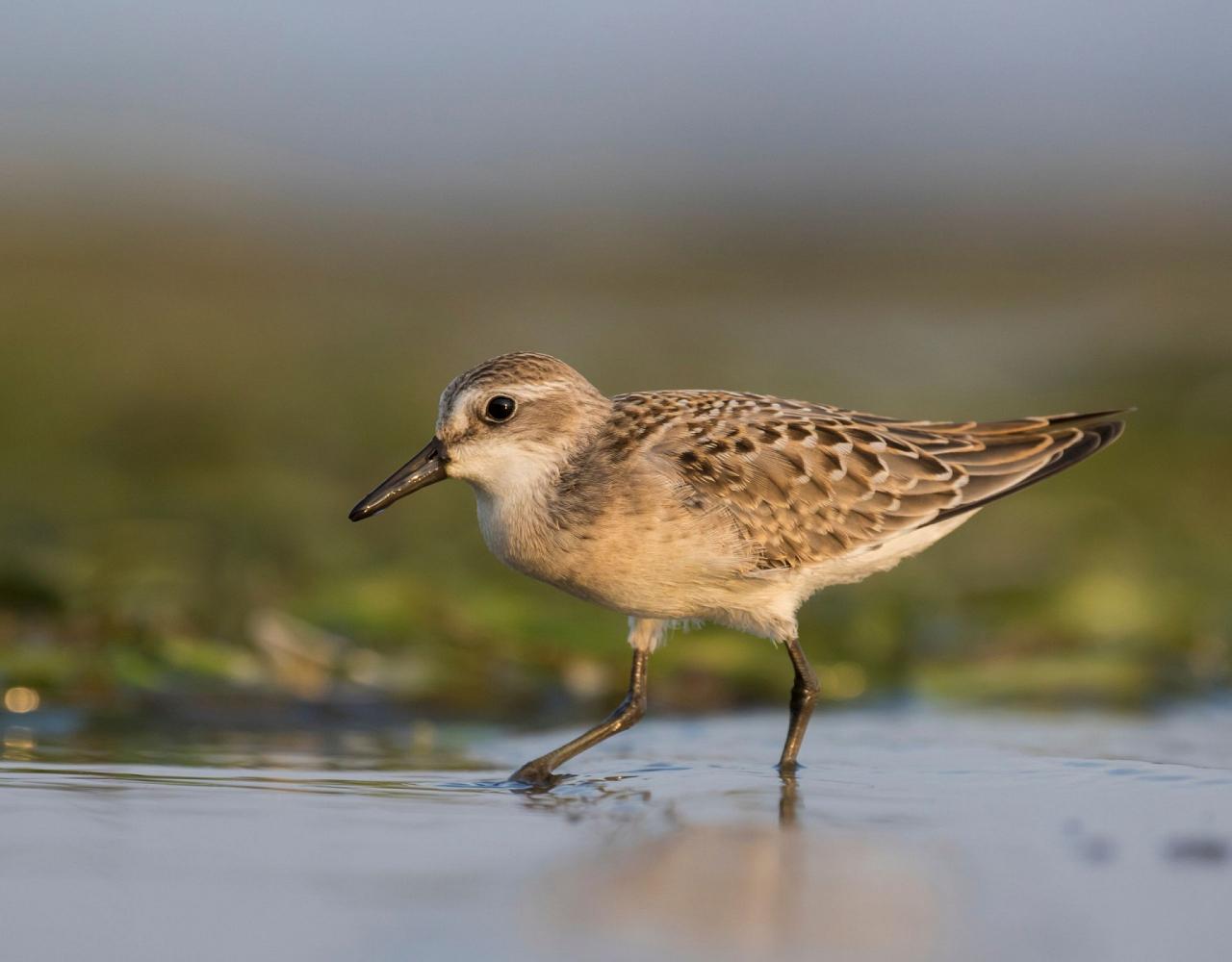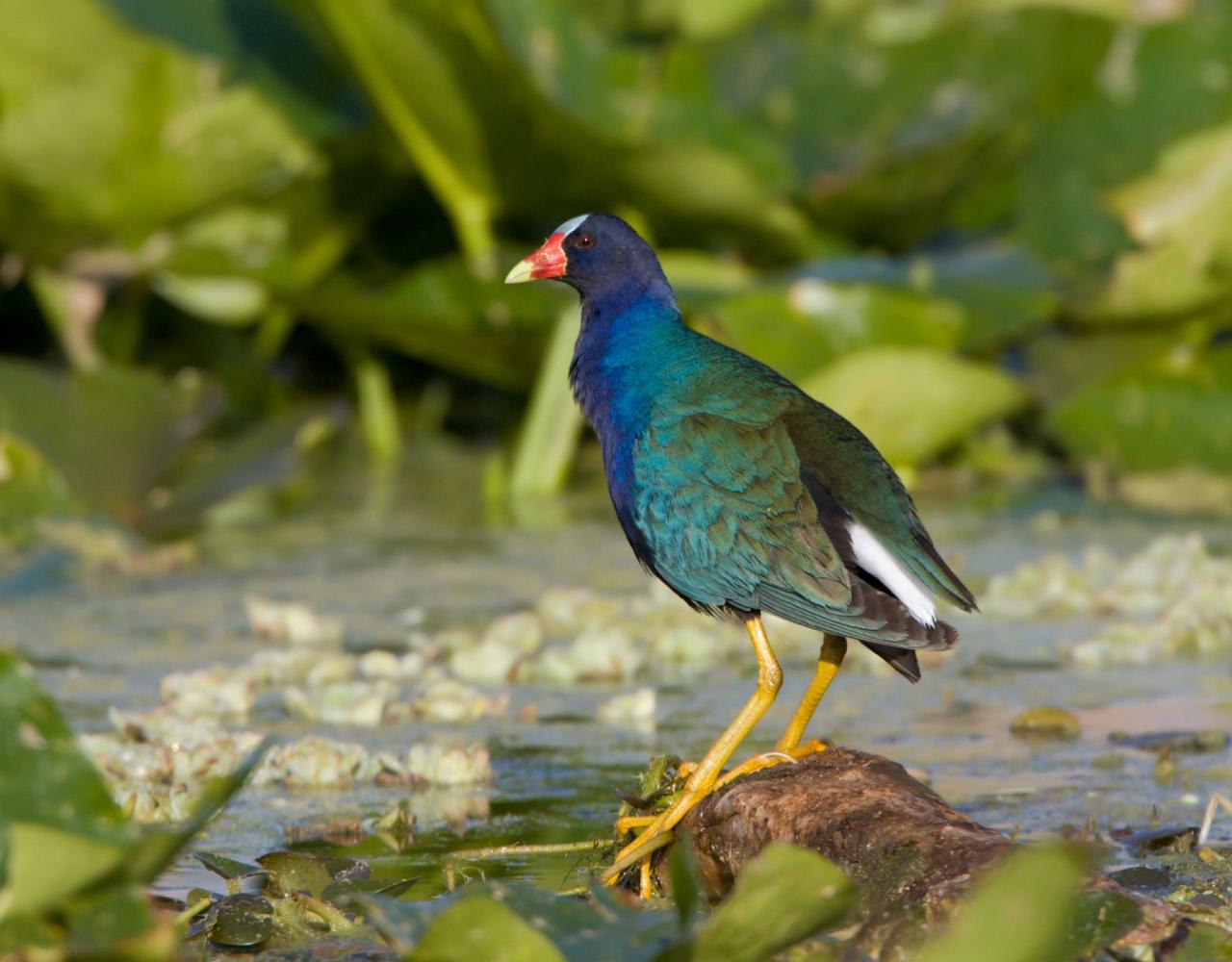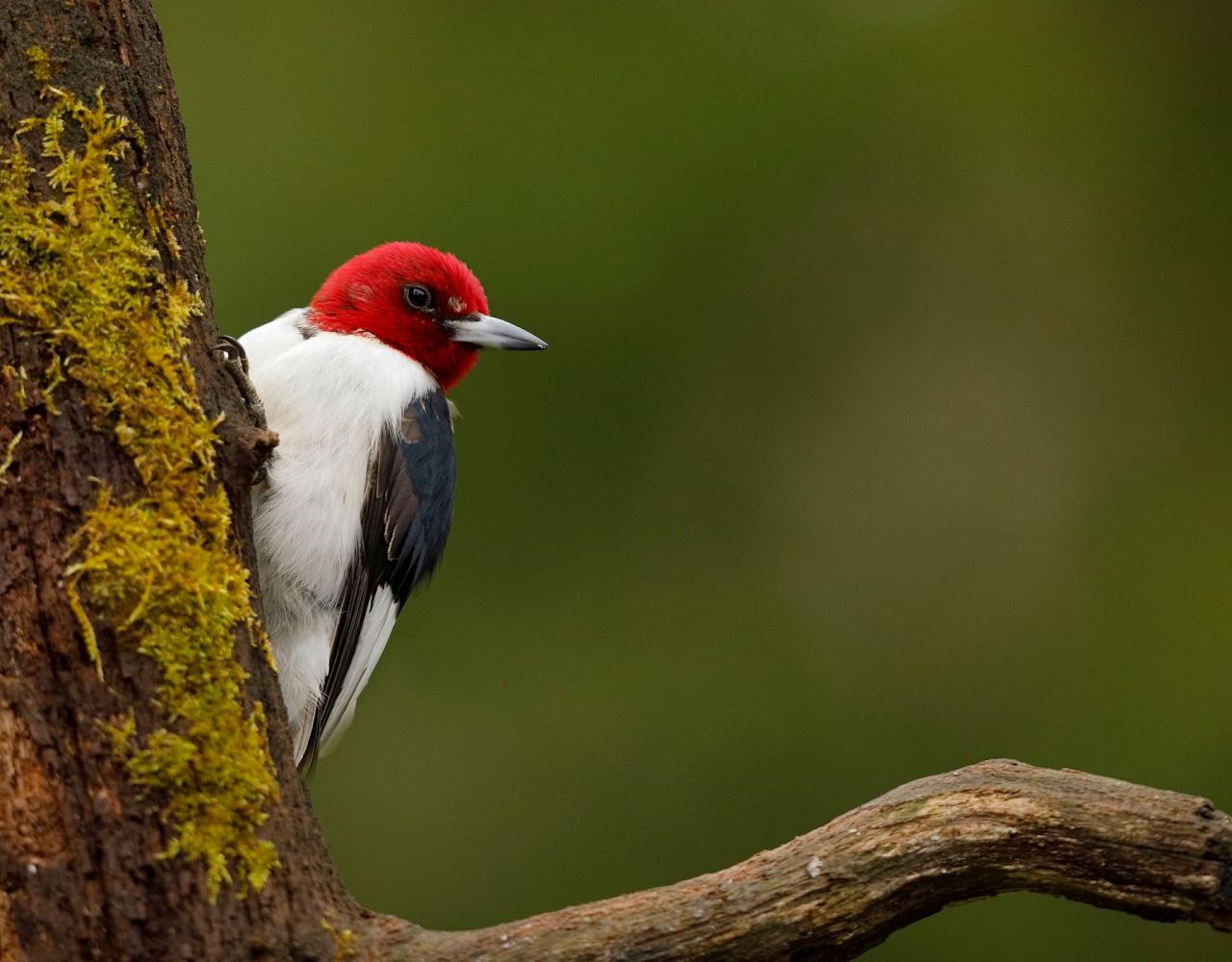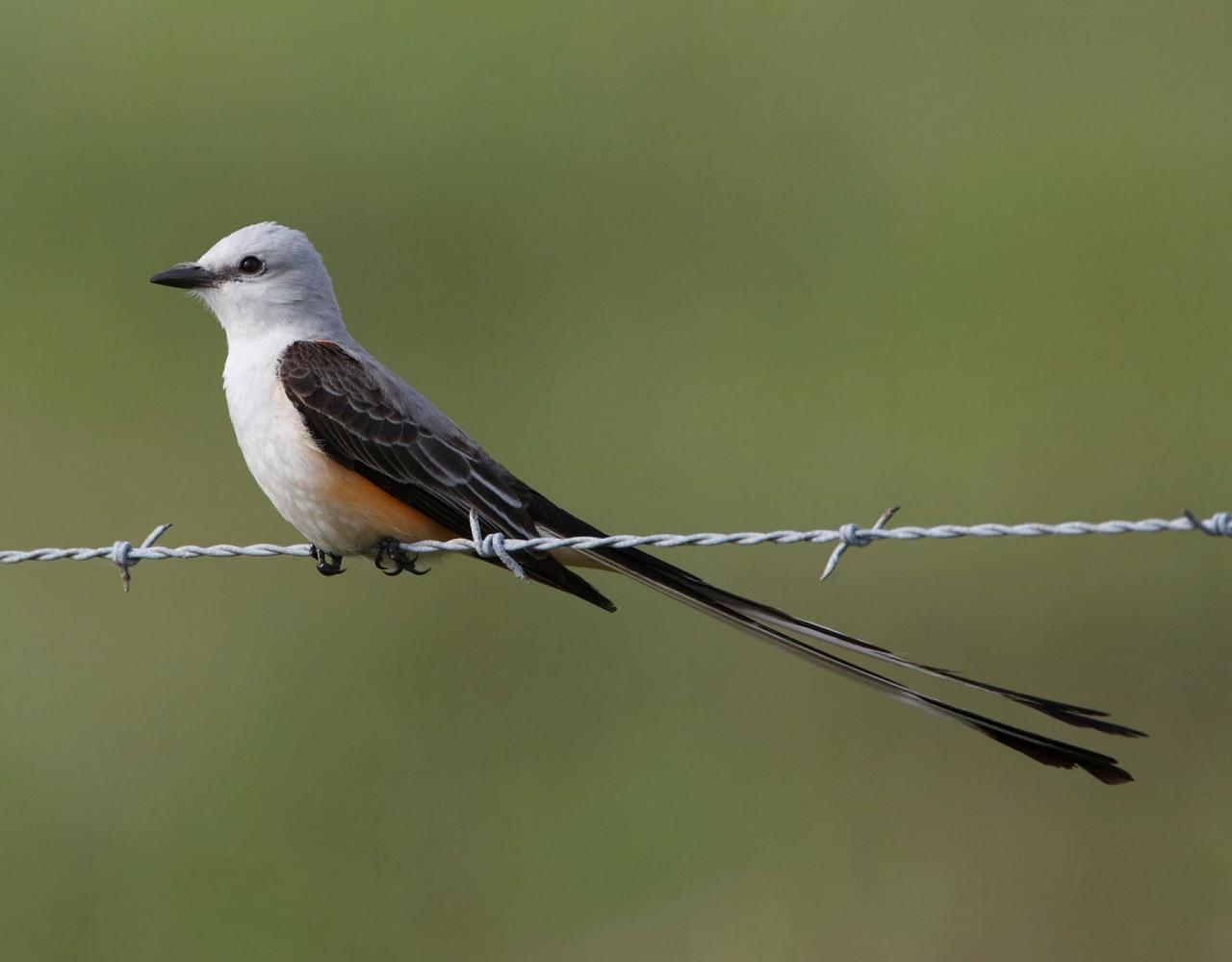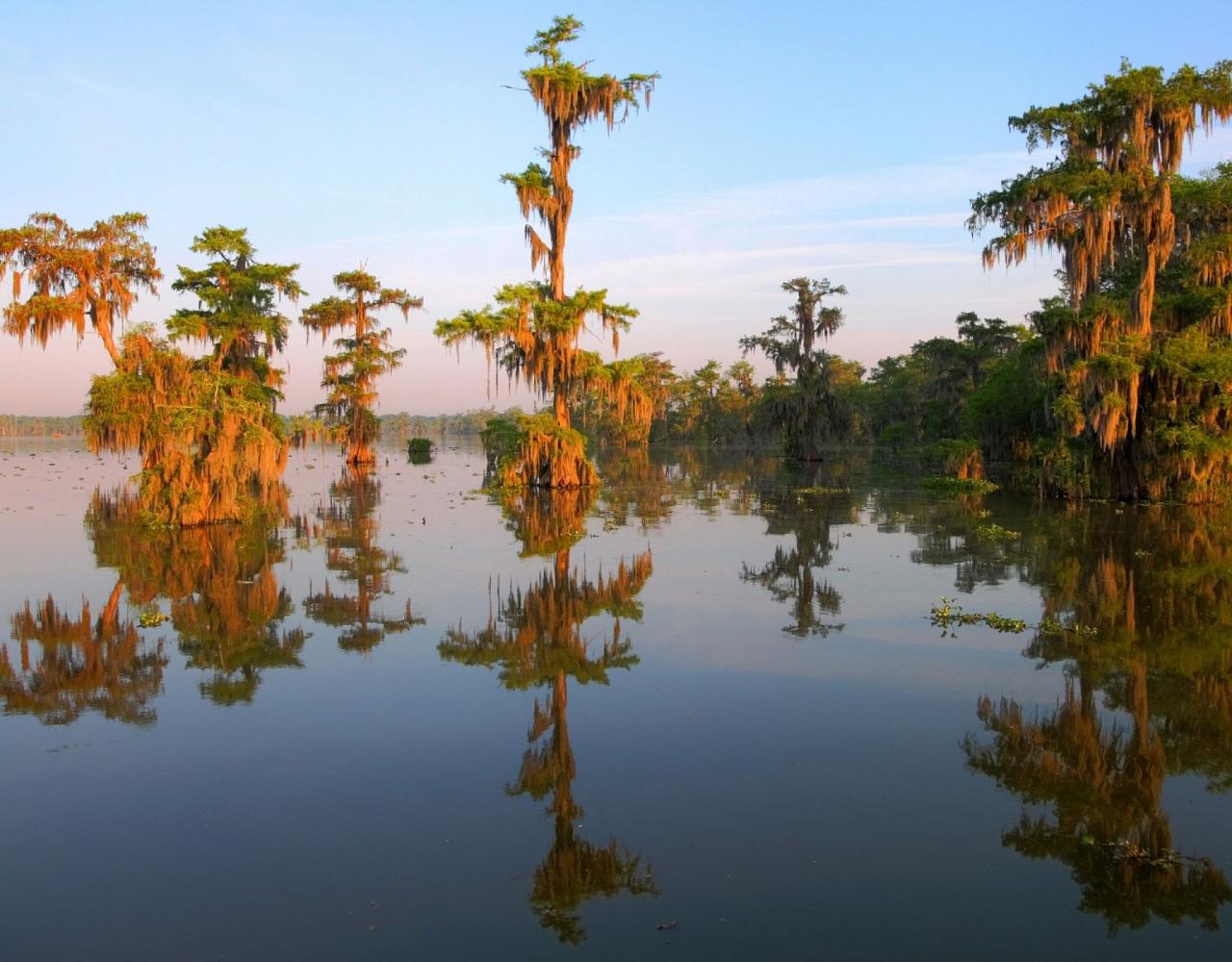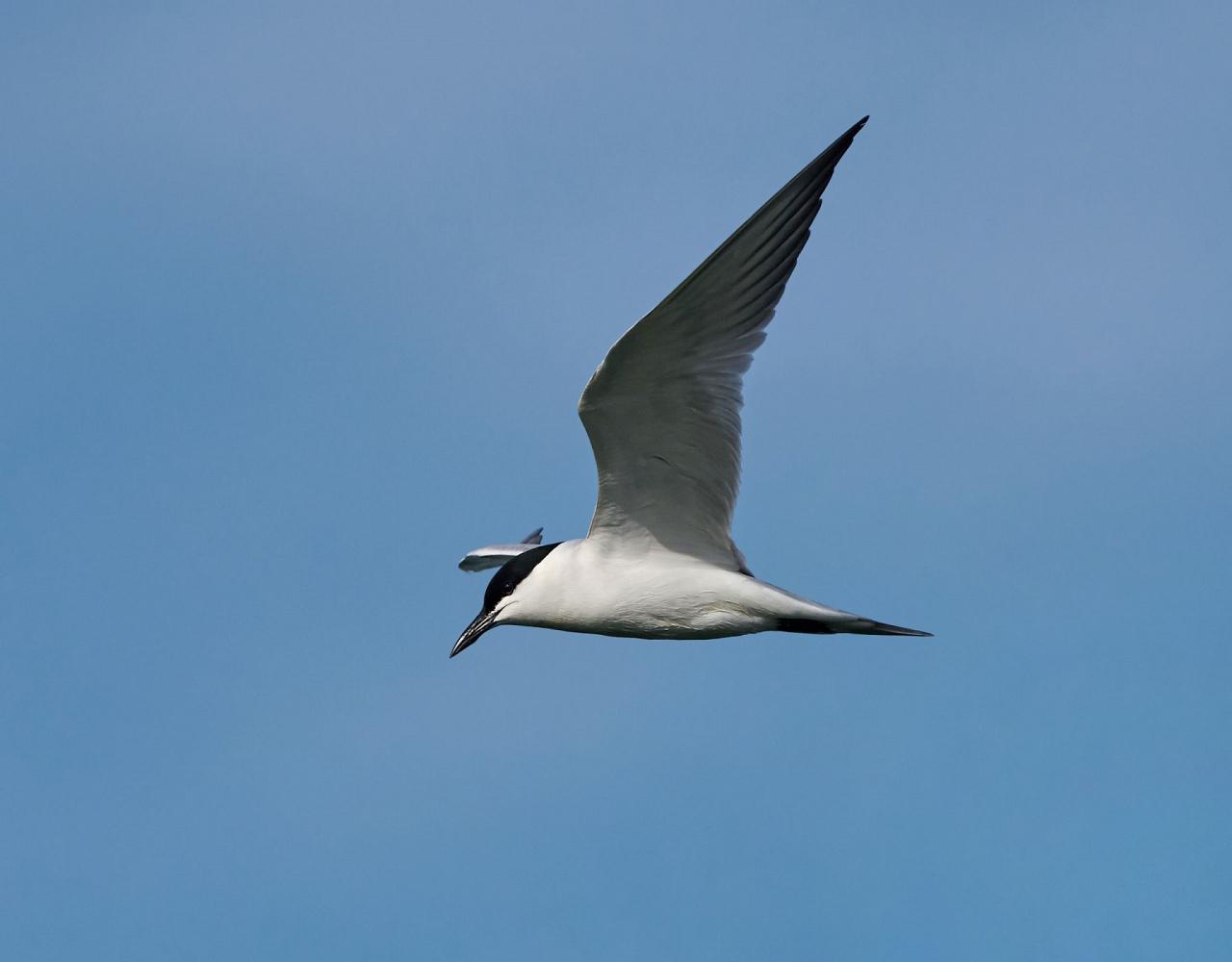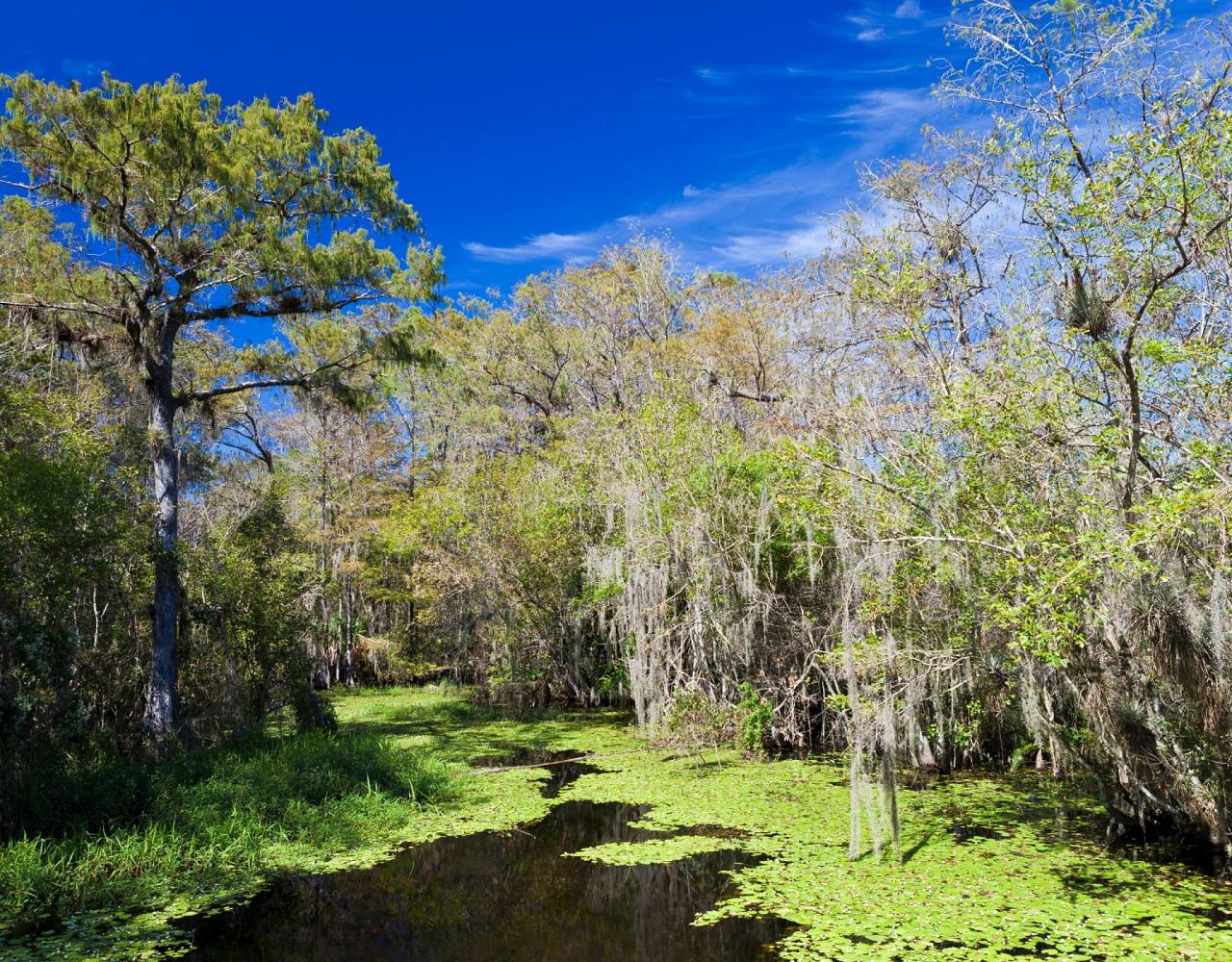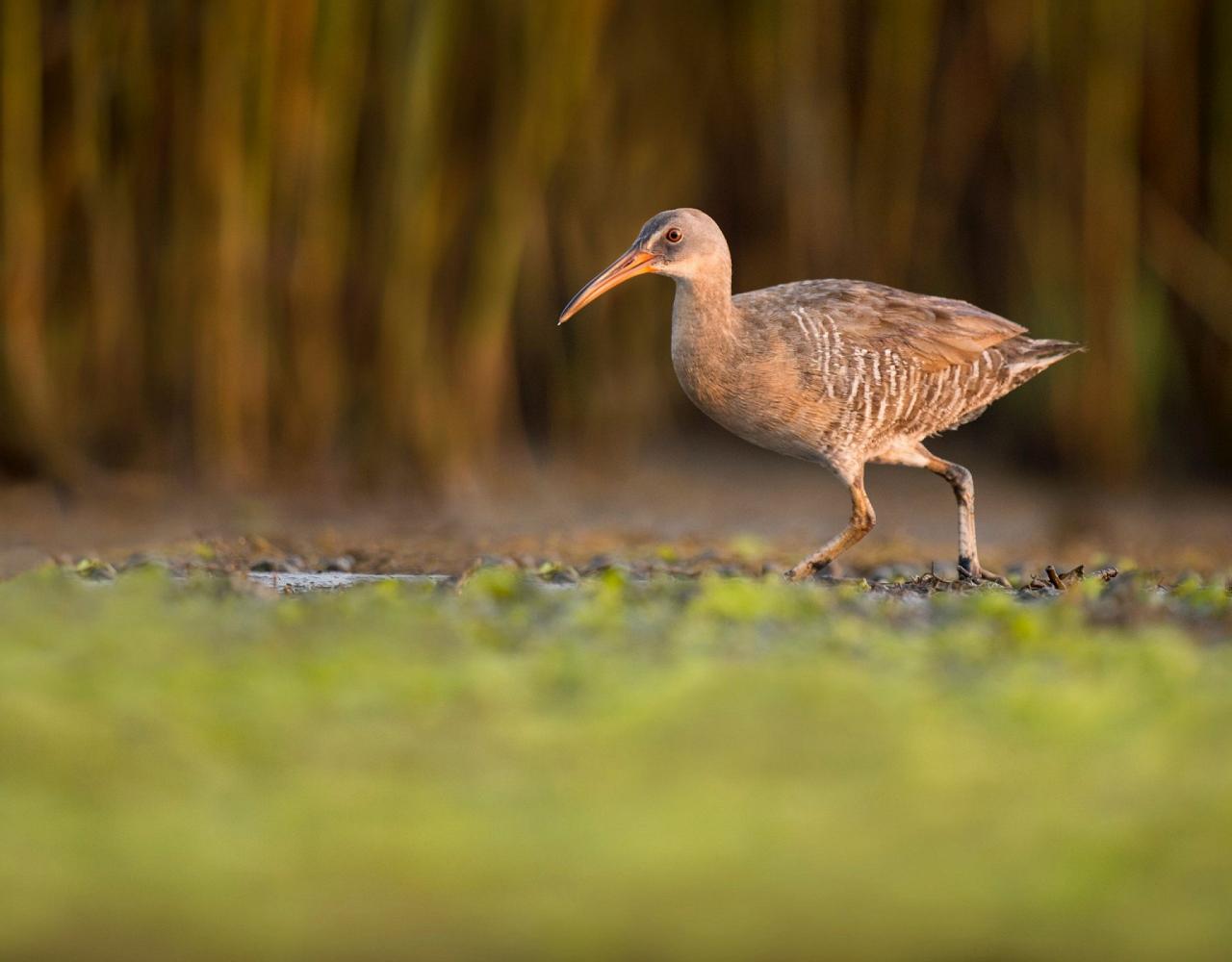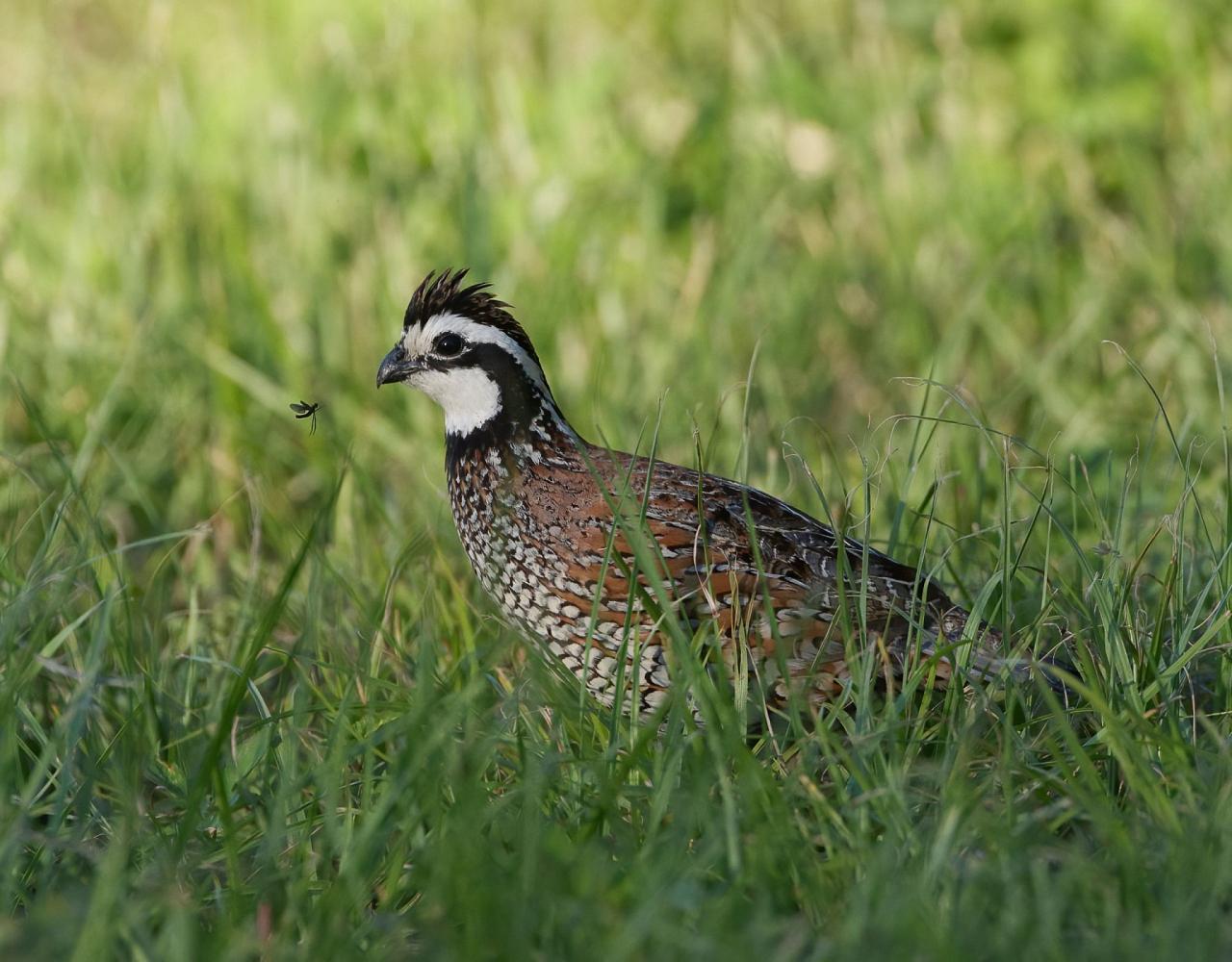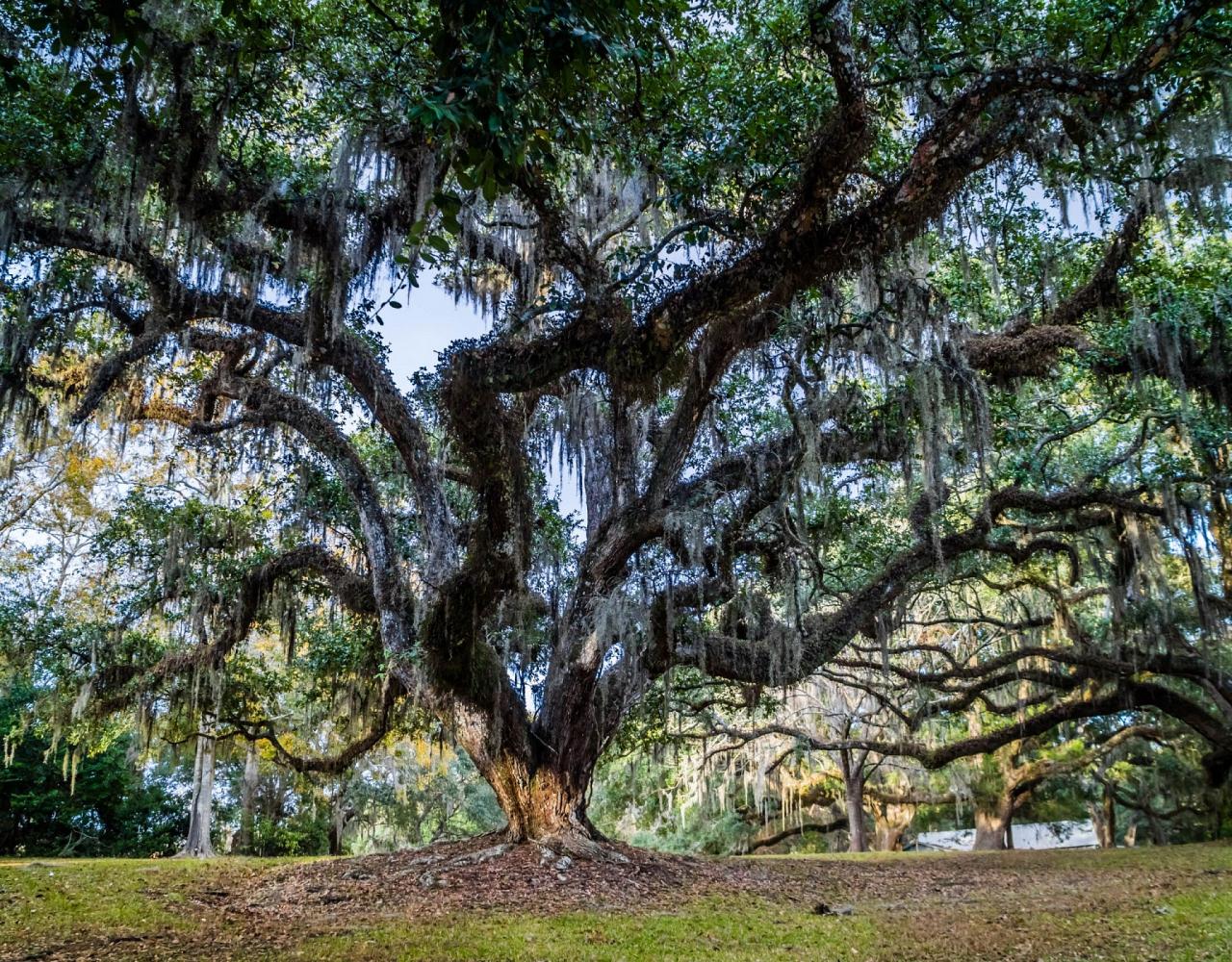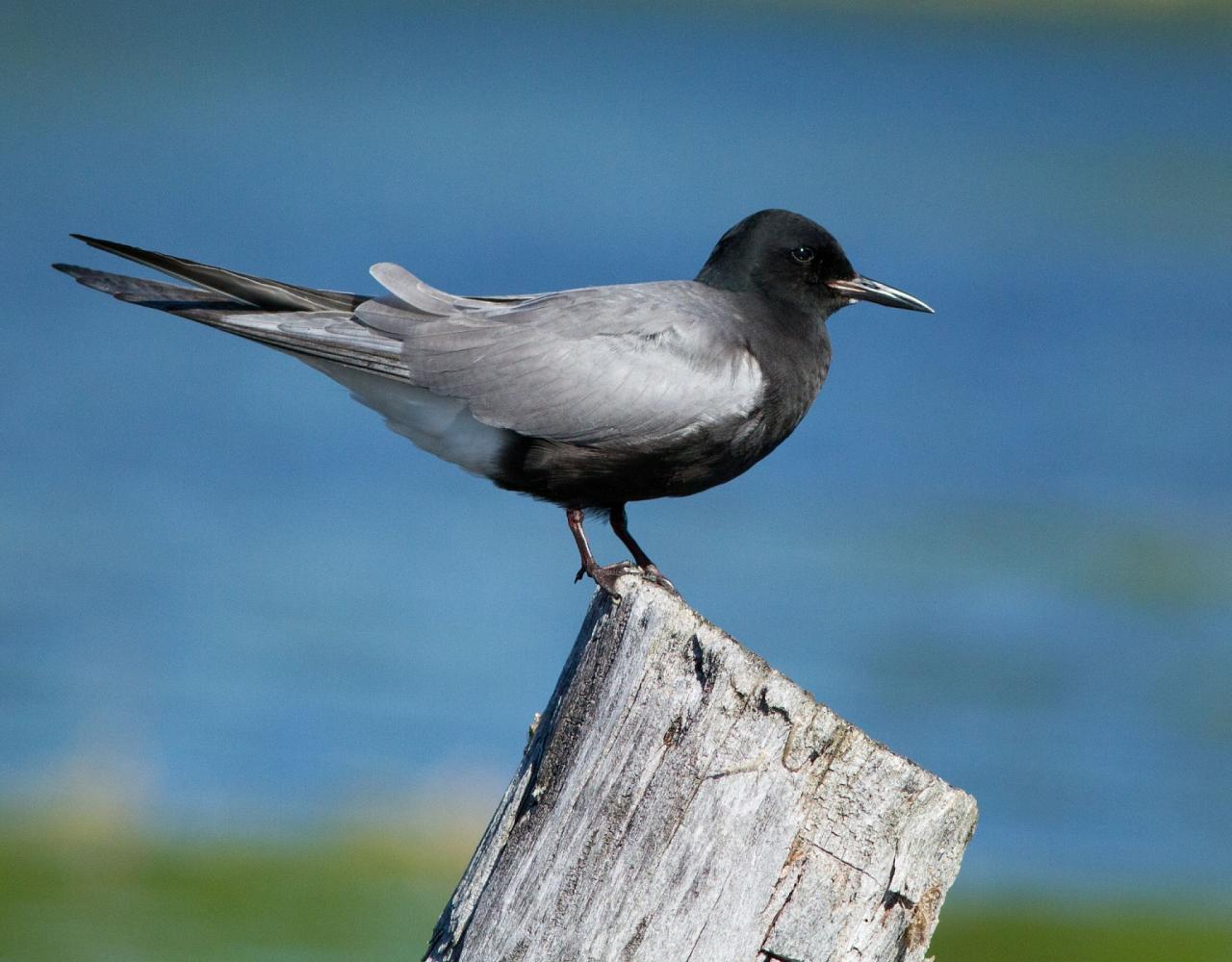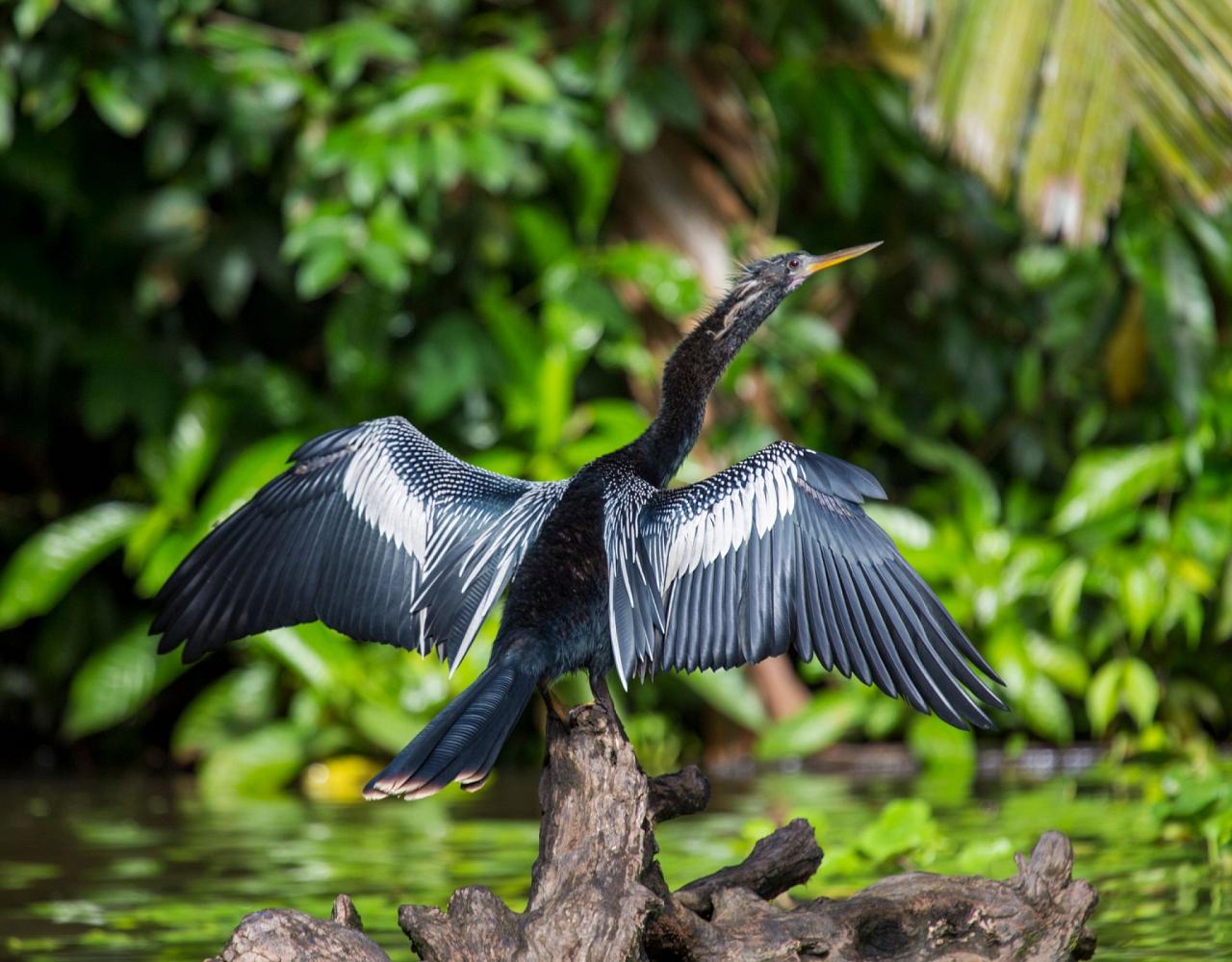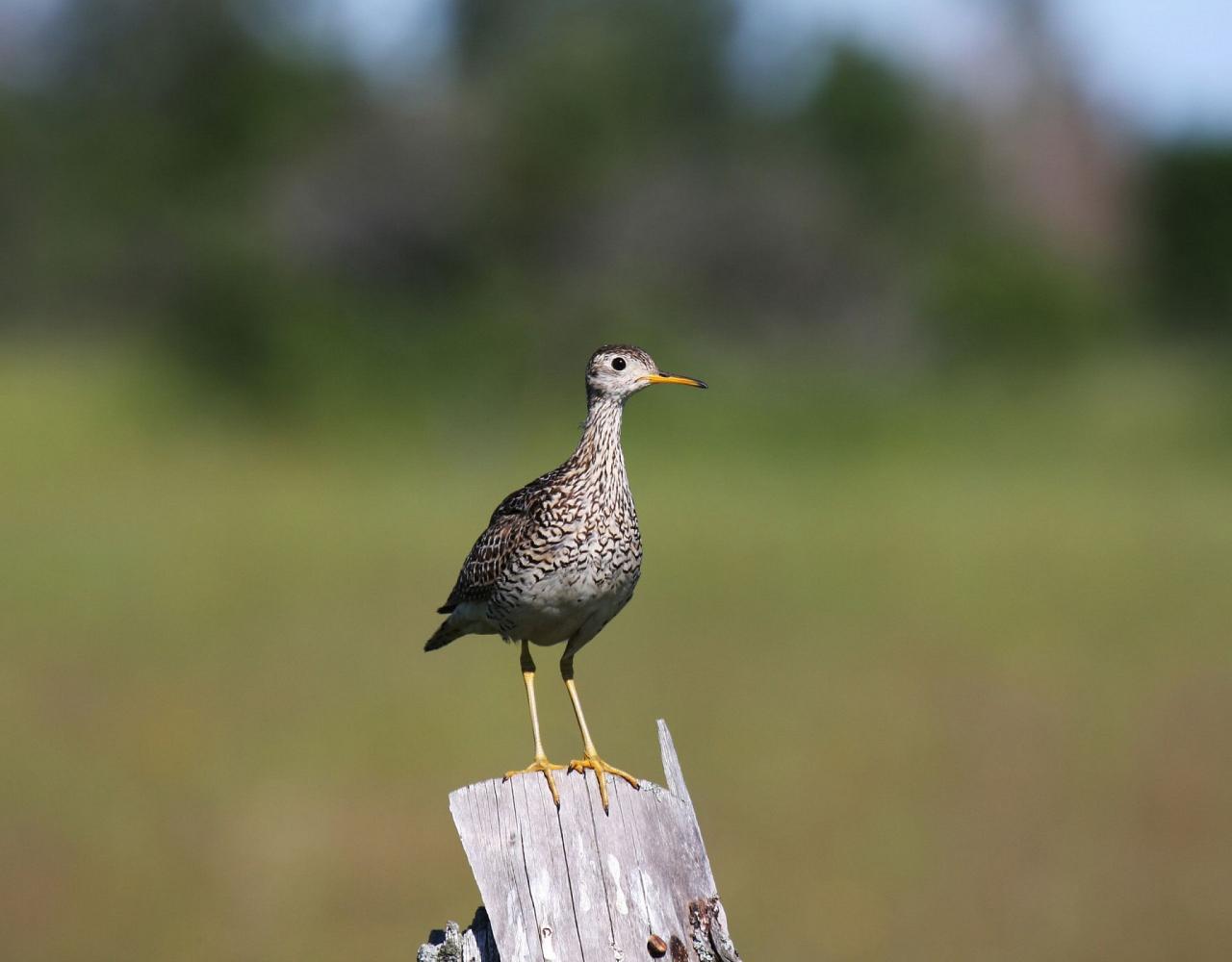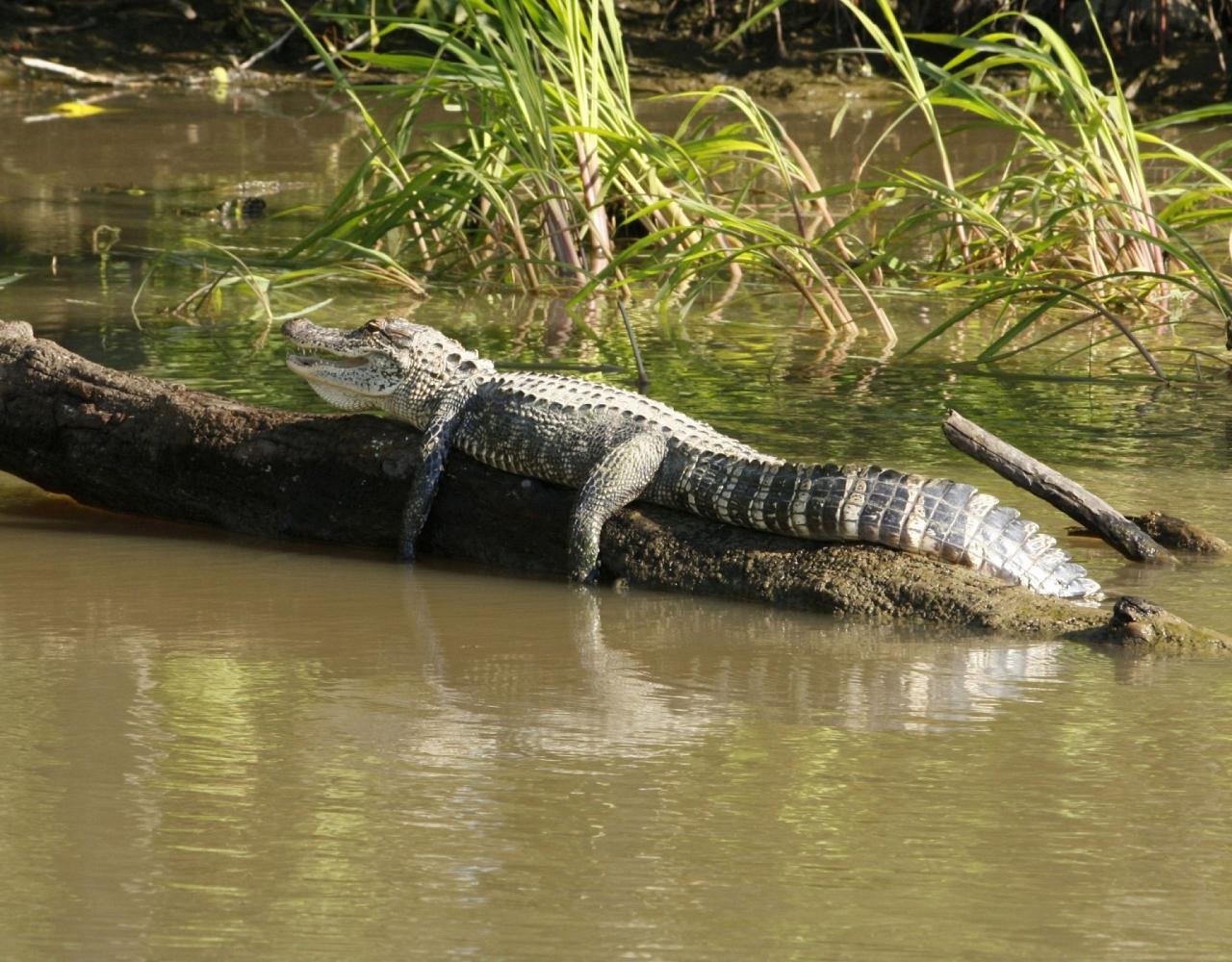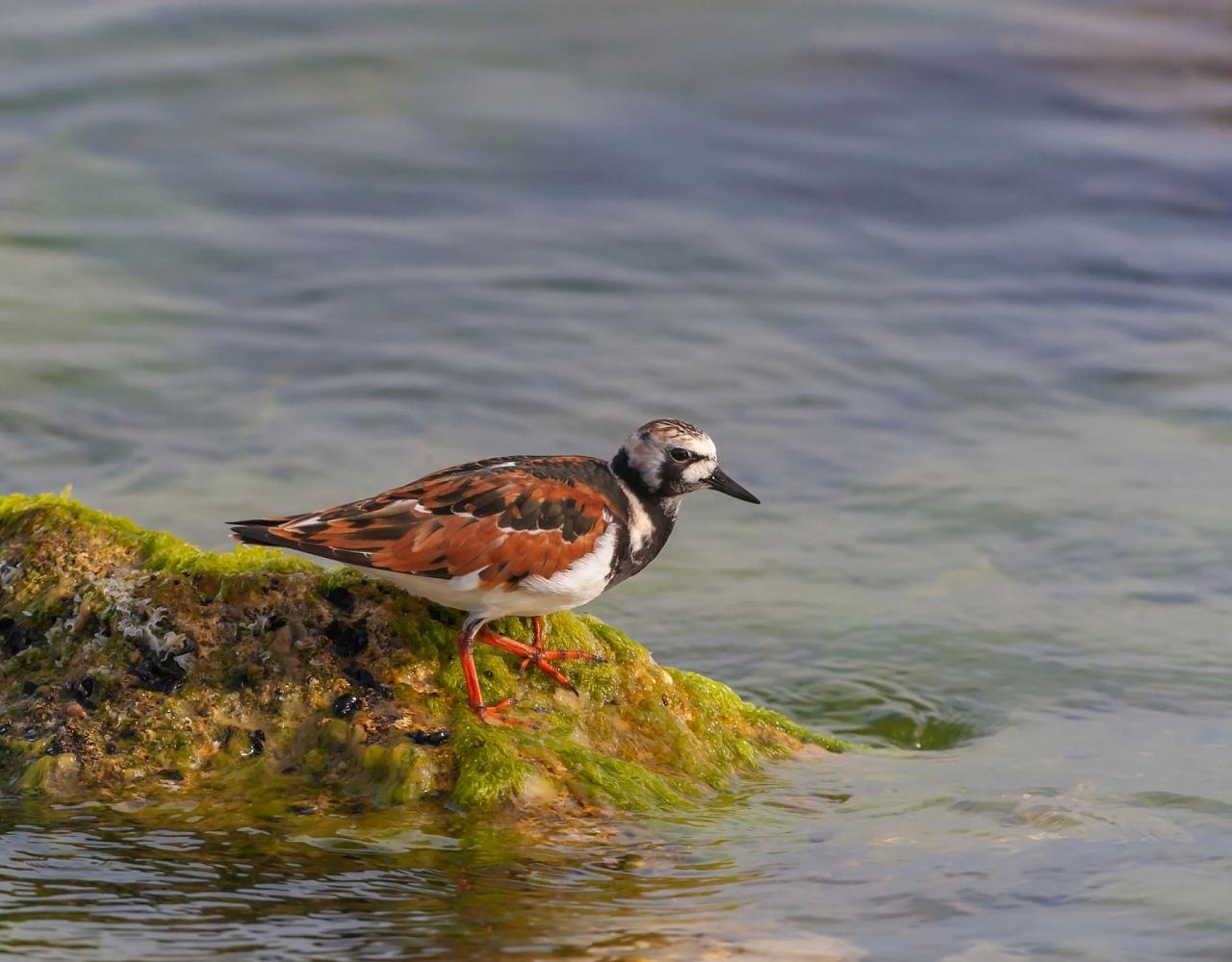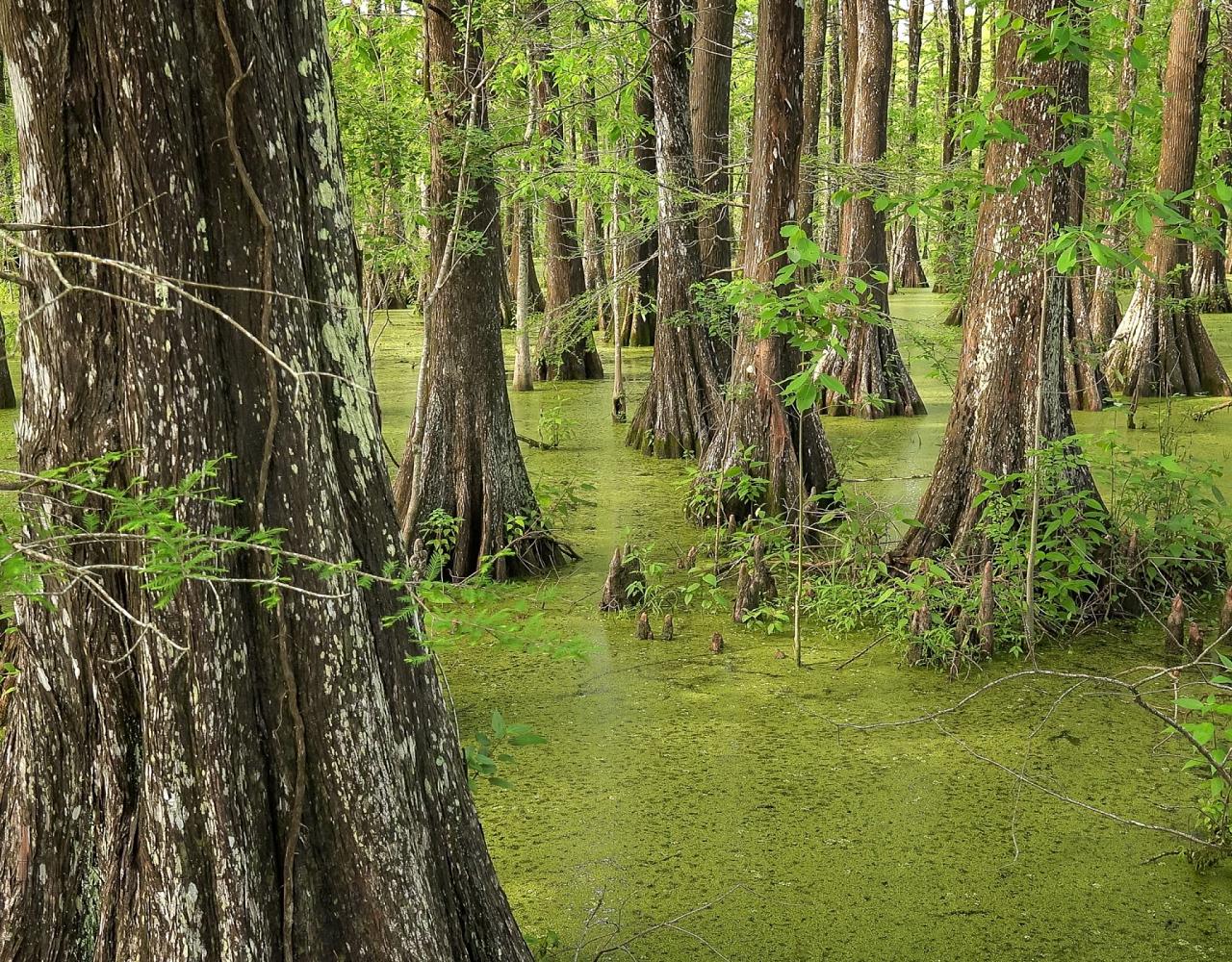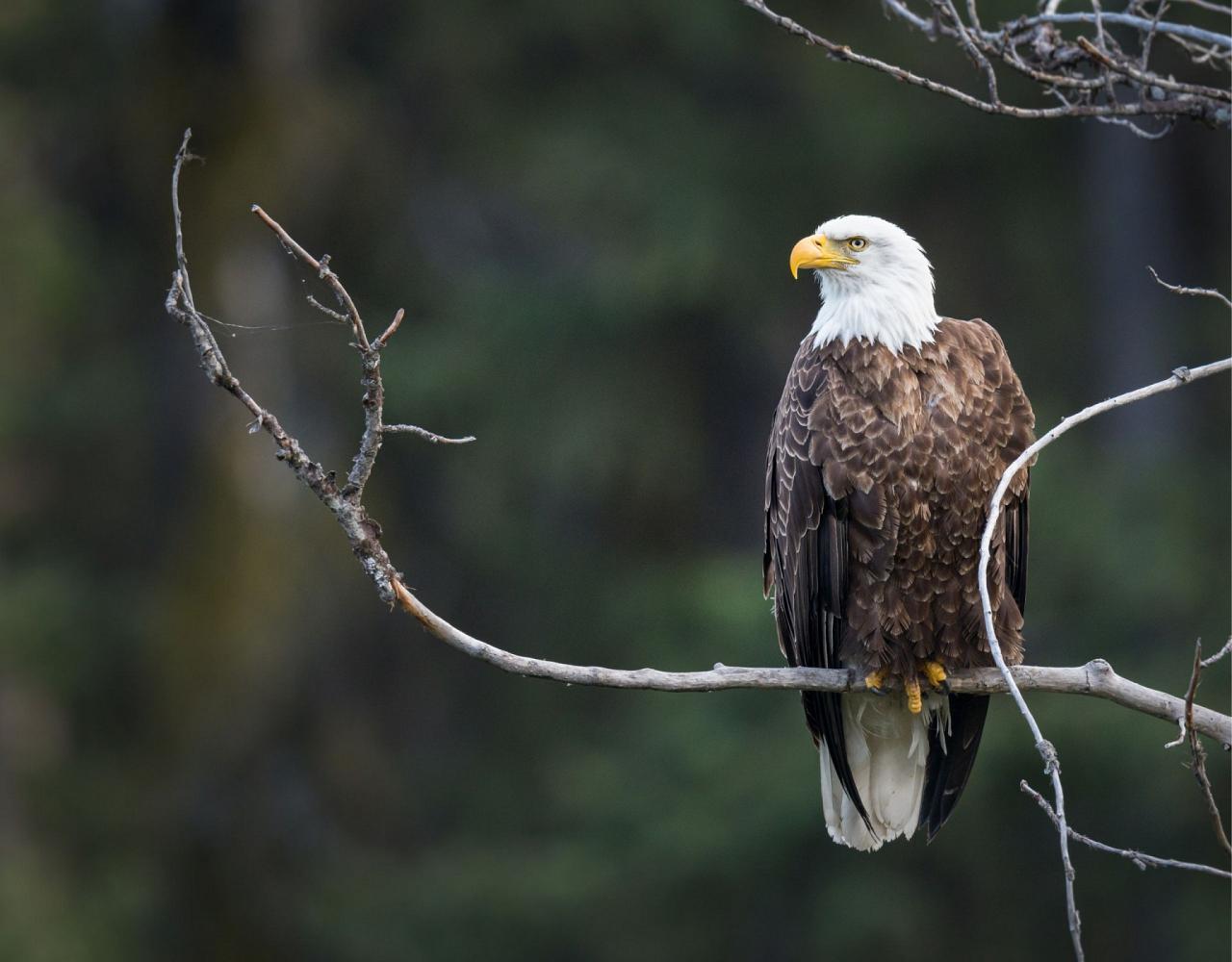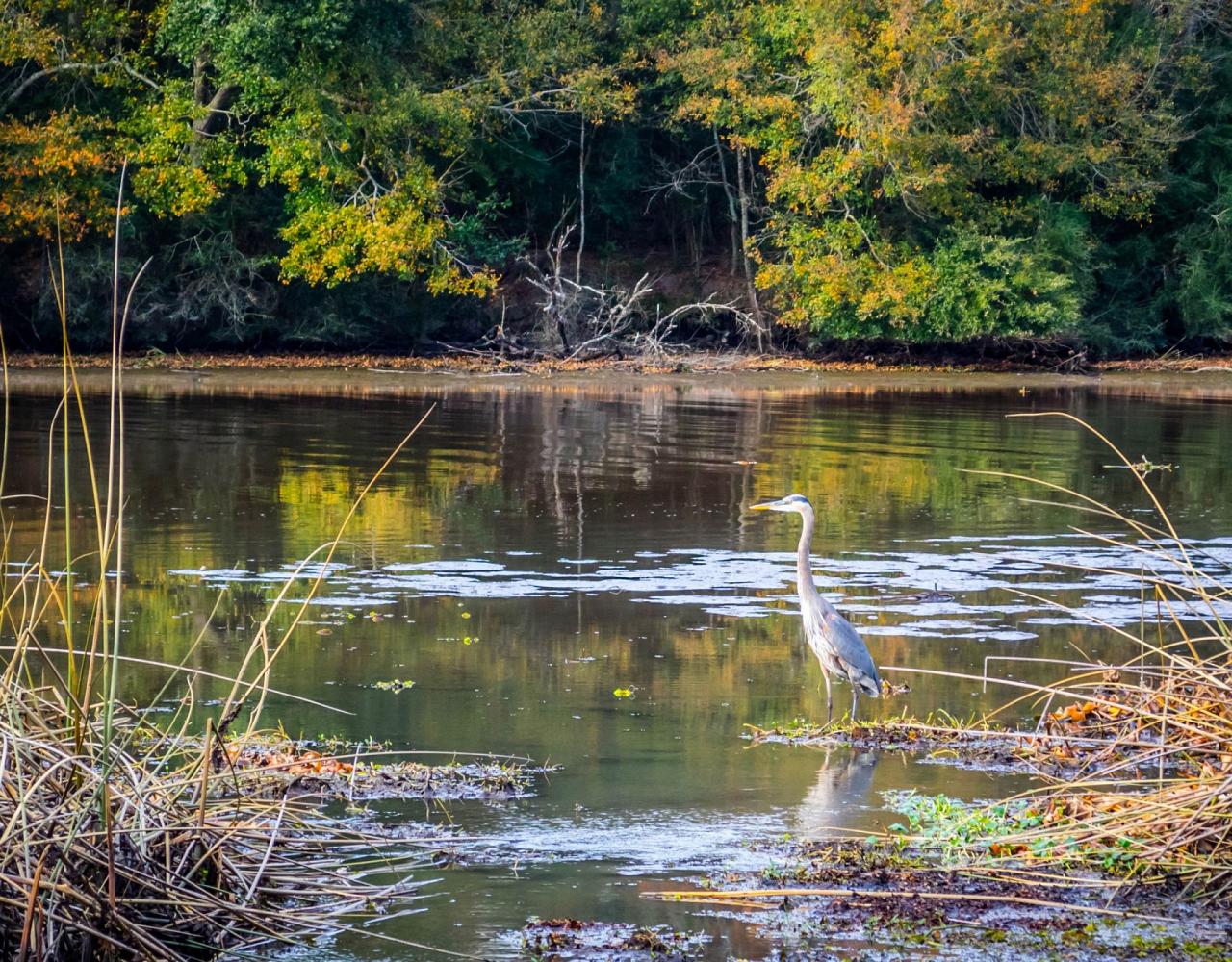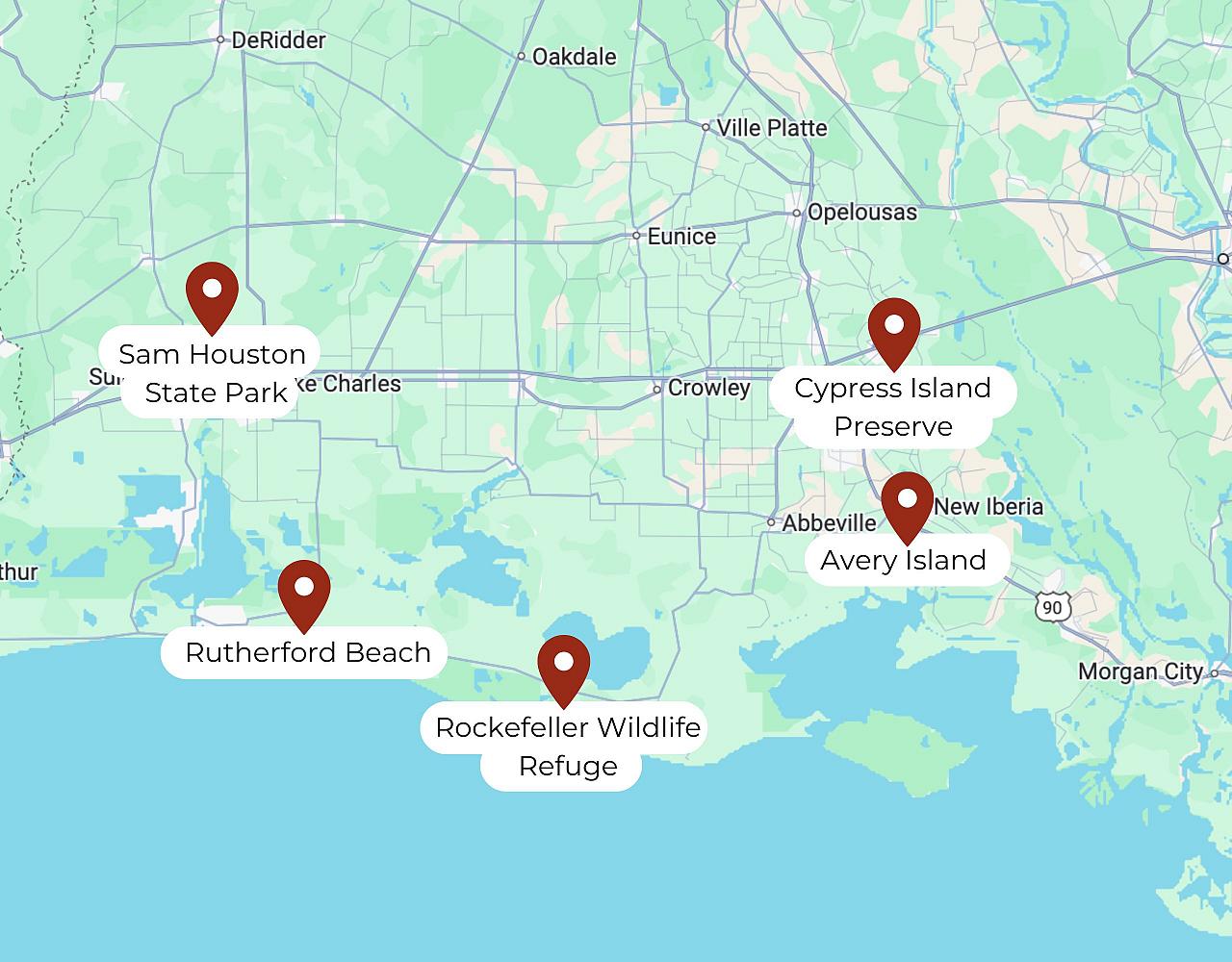- Overview
- Full Itinerary
- Photo Gallery
- Costing
- Travel Details
- Trip Reports
- Guide
- Map
- Know Before You Go
- Other Trips You May Like
Join Naturalist Journeys for a fun and NEW! spring migration tour deep in the bayous of Louisiana. In addition to watching spring migrants as they make land and feed after their long flight across the gulf, we explore local state parks, learn about fascinating local plants, and keep our eyes peeled for the king of the swamp—American Alligator.
And just like the birds, we eat well on this trip! Indulge in delicious Cajun food at fun local restaurants while we listen to live Cajun bands.
Our journey begins and ends in Lafayette, skipping the tourist chaos of New Orleans, and heading deep into the wilds of this fun state. We invite you to join us in Louisiana for spring migration, great food, and magical settings!
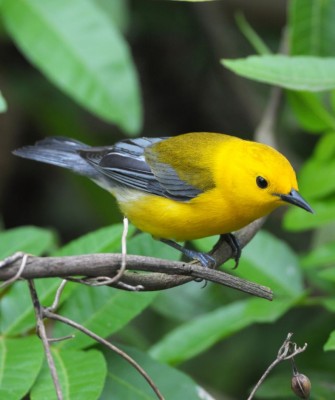

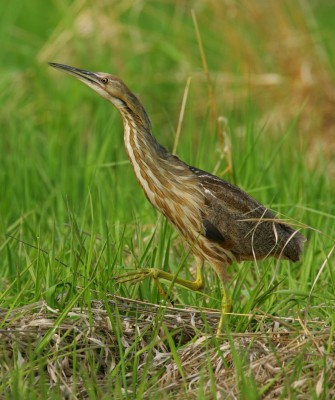
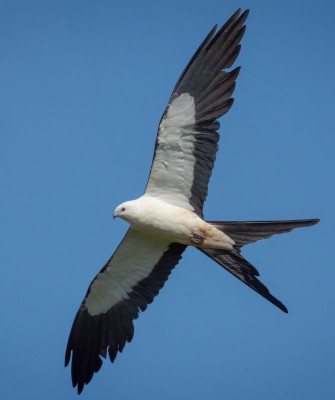
Tour Highlights
- Kick off the trip with a visit to Cypress Island Preserve, a favorite nesting spot for Roseate Spoonbill
- Take a tour of the Tabasco Factory and Avery Island, famous for it’s preservation of the Snowy Egret
- Head deep into the bayou for a tour of Atchafalaya Basin, a wetland larger than the Everglades
- Explore Cameron Prairie NWR, one of the best places in the U.S. to see Purple Gallinule
- Spend time at Rutherford Beach, a shore birder’s wonderland … are you up for the ID challenge?
- Bird local long-leaf pine woodlands for rare Bachman’s Sparrow and elusive Red-cockaded Woodpecker
- Make a final stop at Sam Houston State Park to say au revoir to the warblers, woodpeckers, herons, and ‘gators
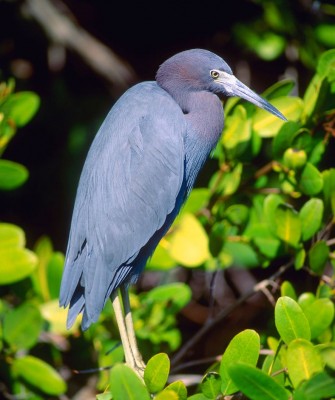
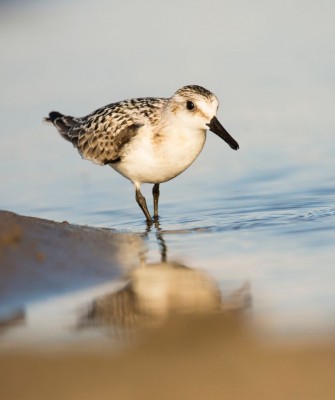
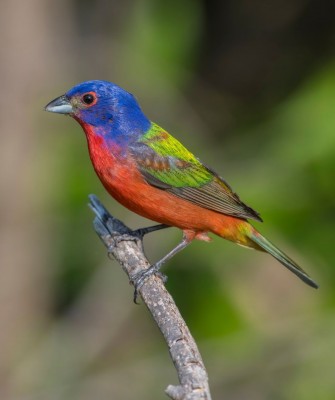
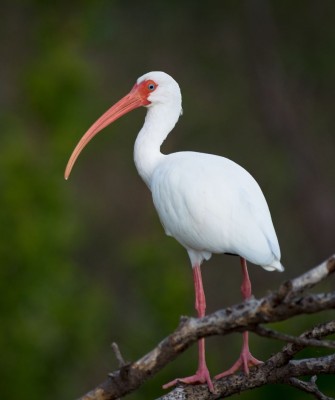
Trip Itinerary
Itineraries are guidelines; variations in itinerary may occur to account for weather, road conditions, closures, etc. and to maximize your experience.
Thurs., Apr. 17 Arrivals | Cypress Island Preserve | Martin Lake
Bienvenue en Louisiana! We start our tour with some truly special birding right off the bat. Be sure to have your binoculars and good shoes handy. From the airport we head directly to Cypress Island Preserve where we immerse in the local habitats, birding among 200-year-old Spanish moss-covered live oaks and Bald Cypress. We keep our eyes peeled for American Alligator as we explore this 9,000-acre preserve, a favorite spot for nesting Roseate Spoonbill. This is our first immersion into a truly unique and special region of the United States; it is a microcosm of everything that represents a cypress swamp in Louisiana. We spend a couple of hours walking the 2.5-mile levee trail looking for Anhinga, American Bittern, Little Blue Heron, Painted Bunting, nesting Prothonotary Warbler, and even the occasional Pileated Woodpecker.
We kick of a week of fun regional food at our welcome dinner, tonight at the aptly-named Spoonbill Watering Hole.
Accommodations at the Carriage House (D)
Fri., Apr. 18 Avery Island | Tabasco Tour | Rip Van Winkle Gardens | Azalea Bloom
Today we head to a true institution in Louisiana — the Tabasco Factory. Why we are headed here on a birding trip? Edward Avery “Ned” McIlhenny, the heir to the Tabasco Company, was an avid birder. He established Bird Island in 1895 on his family's property, Avery Island. Thanks to his efforts and refuge, the Snowy Egret, which was on the brink of extinction due to the millinery trade, began to see an increase in numbers and by 1911, Bird City was home to 100 thousand summer nesting Snowy Egrets. Teddy Roosevelt once called it the most noteworthy reserve in the country. We make stops at both the Tabasco Factory and Bird Island.
Then, we’re off to Jefferson Island for lunch followed by a stroll around the Rip Van Winkle Gardens, part of the Jefferson Island Rookery. This is another favorite rookery for Roseate Spoonbill, Little Blue Heron, Snowy Egret, and White Ibis. Additionally, these gardens and rookery are home to around 130 species of bird. We are on the lookout for Yellow-billed Cuckoo, Carolina Chickadee, and White Pelican.
It's spring in Louisiana, and we’re not just here for the birds. Dependent on rain, weather, and temperatures leading up to our trip, we should be here during peak azalea blooming. A sure sign that spring has arrived in the Lafayette area is the abundance of azaleas in a spectrum of reds, pinks, whites, purples, and salmons. On our way back north from Avery and Jefferson Islands making our way back into Lafayette, we detour along the Azalea Trail. Approximately 20 miles of Lafayette city streets are lined with azaleas that adorn beautiful homes and historical sites. Some of the bushes of gigantic proportions are over 50 years old. Here the predominant variety is the Formosa, christened the “General Lafayette,” which blooms in colors of lavender and fuchsia.
Tonight we enjoy dinner and live local Cajun music at Bon Temps Grill.
Accommodations at the Carriage House (B,L,D)
Sat., Apr. 19 Bayou Tour | Acadian Cultural Center
We have a special bayou tour today and we’re in for a treat! We head into the Atchafalaya Basin, which, at 1.4 million acres, is larger than the Florida Everglades. We spend the morning exploring the basin, known to house over 250 species of bird and 65 species of reptile; it is also home to the largest nesting concentration of Bald Eagle in the south central United States. The Atchafalaya Basin contains the largest contiguous bottomland hardwood forest in North America, a true treasure to be explored. Our bayou tour is perfect for searching for nesting Wood and Black-bellied Whistling Ducks, Orchard Oriole, Yellow-throated Vireo, and soaring Swallow-tailed Kite.
After a local lunch, we head back toward Lafayette. We take a break from the midday heat at the Jean Lafitte National Historical Park. Here, we learn about the lives of the Acadians (Cajuns) and others whose travels brought them to Louisiana's bayous. The park has many cultural centers dedicated to the diverse history of the region, as well as the Barataria Preserve for those still wanting to explore the outdoors more.
We have another fun dinner and enjoy live local Cajun music entertainment at Buck and Johnny’s tonight.
Accommodations at the Carriage House (B,L,D)
Sun., Apr. 20 Rockefeller NWR | Cameron Prairie | Corbina Road
Today is a travel day. After breakfast we hit the road, taking the long way to Lake Charles. We head south toward the coast, where we pick up part of the Creole Nature Trail. Our first stop is at the Rockefeller National Wildlife Refuge. This 71,000-acre refuge was established on land donated by the Rockefeller Foundation in 1920. The refuge is located at the terminus of the vast Mississippi Flyway. During the spring and fall, Neotropical migrant passerine birds also use the shrubs and trees on levees and chenier ridge habitat as a rest stop on their trans-Gulf journeys to and from Central and South America. The wetlands can be home to thousands of nesting American Avocet. Numerous shorebird species also stop here, including Semipalmated and Stilt Sandpipers, Ruddy Turnstone, and Semipalmated Plover, not to mention exciting birds like King and Clapper Rails, Black Tern, and Fulvous Whistling-Duck.
We continue on north to Cameron Prairie National Wildlife Refuge. This is one of the best places in the U.S. to see the colorful Purple Gallinule. This is also a terrific place to search, again, for the always elusive American Bittern. Located at the convergence of two major flyways, the refuge has an important management role for migratory birds. The vast marshes are managed as a nursery for brown and white shrimp, too.
Once we finish scouring the Cameron marshes, we continue our journey to Lake Charles; we have one more stop before we are finished for the day. The area south of Lake Charles has miles upon miles of fields flooded for crawfish farming. This is perfect for searching for specialties such as Upland Sandpiper, Gull-billed Tern. And if we are really lucky, White-tailed Hawk have been known to be in the area. This is a great area to search for Dickcissel and Scissor-tailed Flycatcher, as well. There are even records of Whooping Cranes here.
Accommodations at the Staybridge Suites (B,L,D)
Mon., Apr. 21 Rutherford Beach | Willow Island | Peveto Woods
We start early today — it’s a big one! Today we are headed back down to the coast with our first stop being Rutherford Beach. This is one of the main stops along the Creole Nature Trail, and for good reason. This is a shore birder’s wonderland! We spend the morning at the beach looking for Black-bellied, Wilson’s, Piping, and Snowy Plovers. We don’t stop there, though. We also scan the beach looking for Black Skimmer, Long-billed Curlew, Sandwich Tern, and perhaps a surprise Magnificent Frigatebird.
After a morning on the beach, we head to a private tract of land called Willow Island, opened to birders by the owners. Though not an actual island, this tract of oaks and willows stands as a lone island attracting migrants as they make their journey north across the gulf, sometimes spotting this little island of trees after an arduous 800-mile flight. We spend the rest of the morning here before heading out for lunch.
Lunch is at a local favorite spot in Cameron before we head out for Peveto Woods Sanctuary. This chenier (French settlers’ word for coastal woods), which means “oak place,” is one of the busiest migratory stopovers in Louisiana, with some estimating that over 2 million birds use Peveto Woods each year. This small patch of coastal woodlands, managed by the Baton Rouge Audubon Society, is where we spend the rest of our afternoon. As birds migrate through, we wait here as they make landfall. After crossing the gulf, they are famished and go right into a feeding frenzy, not even taking notice of the birders there to see them. We spend a delightful evening among the numerous live oaks looking for migrating warblers such as Worm-eating, Blackburnian, Magnolia, and Bay-breasted. Also passing through, we should have Summer Tanager, Ruby-throated Hummingbird, Blue Grosbeak, and Eastern Kingbird.
We stay at Preveto Woods into the evening before heading back to Lake Charles for a late dinner. When the migrants start arriving and settling down, it’s hard to pull ourselves away.
Accommodations at the Staybridge Suites (B,L,D)
Tues., Apr. 22 Longleaf Pine Woodlands | Cooter’s Bog
Today is our last full day on the tour, and we make the most of it! We venture into a new habitat, the Longleaf Pine woods and bogs north of Lake Charles. We make time to search for Bachman’s Sparrow; early morning is the best time to see this rare and declining species of the Longleaf Pine woodlands, singing its melodious song. The Bachman’s Sparrow, along with the Red-cockaded Woodpecker, are closely tied to the Longleaf Pine woodlands and are truly remarkable at showcasing why conservation of this habitat is so important. The Red-headed Woodpecker is another key species for this unique habitat; and Northern Bobwhite have also been known to frequent the area.
After lunch we head to Cooter’s Bog, a Western Hillside Seepage Bog, looking for plant species such as Winged Pitcher Plant, Sundew, and Black Snakeroot, all while on the lookout for Red-cockaded Woodpecker. This Longleaf Pine habitat is a particular favorite of this elusive woodpecker, and this be another chance at viewing them. Generally traveling in family units, we typically hear them long before we see this small woodpecker. Watching for this fun woodpecker is the perfect complement to our pitcher plant and flower hunting at the bog. Other birds that favor this area are Brown-headed Nuthatch, Pine Warbler, and Carolina Chickadee.
Our celebratory wrap-up dinner is a Cajun delight at Pat's of Henderson. Serving some of the best Cajun food in Louisiana for over 50 years, this family-owned restaurant is the perfect setting for our final night together.
Accommodations at the Staybridge Suites (B,L,D)
Wed., Apr. 23 Sam Houston State Park | Departures
We spend the morning on a fantastic final outing in the Lake Charles area at Sam Houston State Park. This is a wonderful park, filled with many opportunities to see woodpeckers, warblers, and herons. This is also our chance to say au revoir to the American Alligators we have grown so accustomed to seeing.
After our time in the park, we head back to Lafayette for departures. (B,L)
Cost of the Journey
The cost of the tour is $2,990 DBL / $3,970 SGL, from Lafayette and includes all accommodations, meals as noted in the itinerary, professional guide services, other park and program entrance fees, and miscellaneous program expenses. Cost does not include round-trip transportation to/from Lafayette, optional activities or items of a personal nature such as laundry, telephone charges, house cleaners, gratuities, or beverages from the bar.
Travel Details
Please plan to make air travel plans only after the minimum group size has been met. We will send you a confirmation email as soon as the trip has been confirmed.
Arrival and Departure Airport: Lafayette Regional (LFT)
Arrival Details: Plan flights to arrive April 17, 2025, no later than 1:00 PM
Departure Details: Plan flights to depart April 23, 2025, after 2:00 PM
Travel Tip: If you arrive early to rest up from your travels, you can book an early night at our first night hotel, the Carriage House Hotel. You can book online or by calling (337) 769-8400. Send us the confirmation number so you hopefully don't have to switch rooms when the tour starts.
Browse below for trip reports and species lists from past versions of this and other tours from this destination.
Louisiana
- October 2021
-
Vernie Aikins

Vernie fell in love with birding in Southern Arizona in 2011 through his love of photography, starting out with just a camera and guide book. He started guiding in 2021 with his wife’s non-profit S.A.A.W.R. and the Tucson Audubon leading bird outings for people with disabilities. Though Vernie is primarily the Office Administrator at Naturalist Journeys, he does get the chance to guide from time to time. His excitement in seeing a Turkey Vulture (his favorite bird) for the 50th time or a lifer is contagious, and he has a true passion for helping others find, identify, and enjoy birds. As an avid mountain biker, he also started a non-profit focusing on trail maintenance and reopening trails after the devastating fires in the Catalina Mountains in 2003, overseeing thousands of hours of volunteer trail work. His favorite place to be is in Southern Arizona exploring along the Santa Cruz River or high up in one of the Sky Islands.
Other trips with Vernie Aikins
-
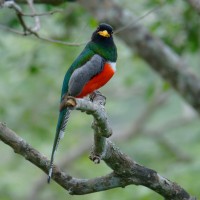 Arizona Monsoon Madness: Birding & Nature in a Season of Wonder!August 17 - 24, 2025
Arizona Monsoon Madness: Birding & Nature in a Season of Wonder!August 17 - 24, 2025 -
 Veracruz, Mexico: River of Raptors & MoreOctober 16 - 27, 2025
Veracruz, Mexico: River of Raptors & MoreOctober 16 - 27, 2025 -
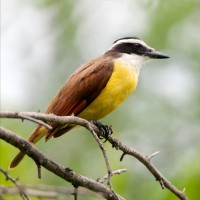 South Texas Birding & NatureNovember 10 - 18, 2025
South Texas Birding & NatureNovember 10 - 18, 2025 -
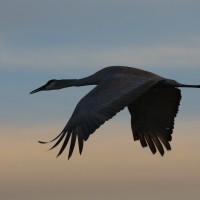 New Mexico: Winter Birds & Grand LandscapesJanuary 18 - 26, 2026
New Mexico: Winter Birds & Grand LandscapesJanuary 18 - 26, 2026
-
Essential Information +
Packing List +
Useful Links +
Photo credits: BANNERS: Snowy Egret, Purple Gallinule, American Alligator, Bayou THUMBNAILS: Northern Parula, Snowy Egret, American Bittern, Swallow-tailed Kite, Little Blue Heron, Semipalmated Sandpiper, Painted Bunting





